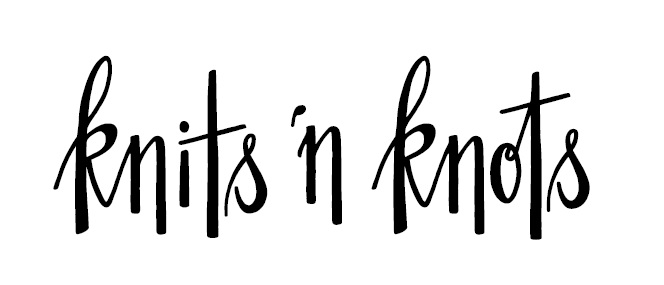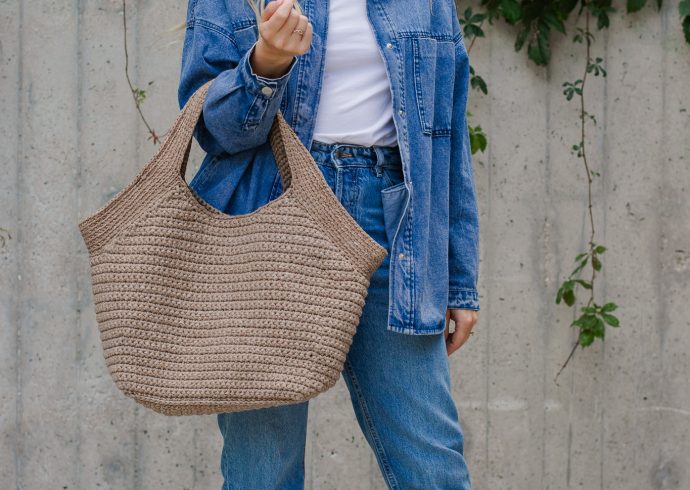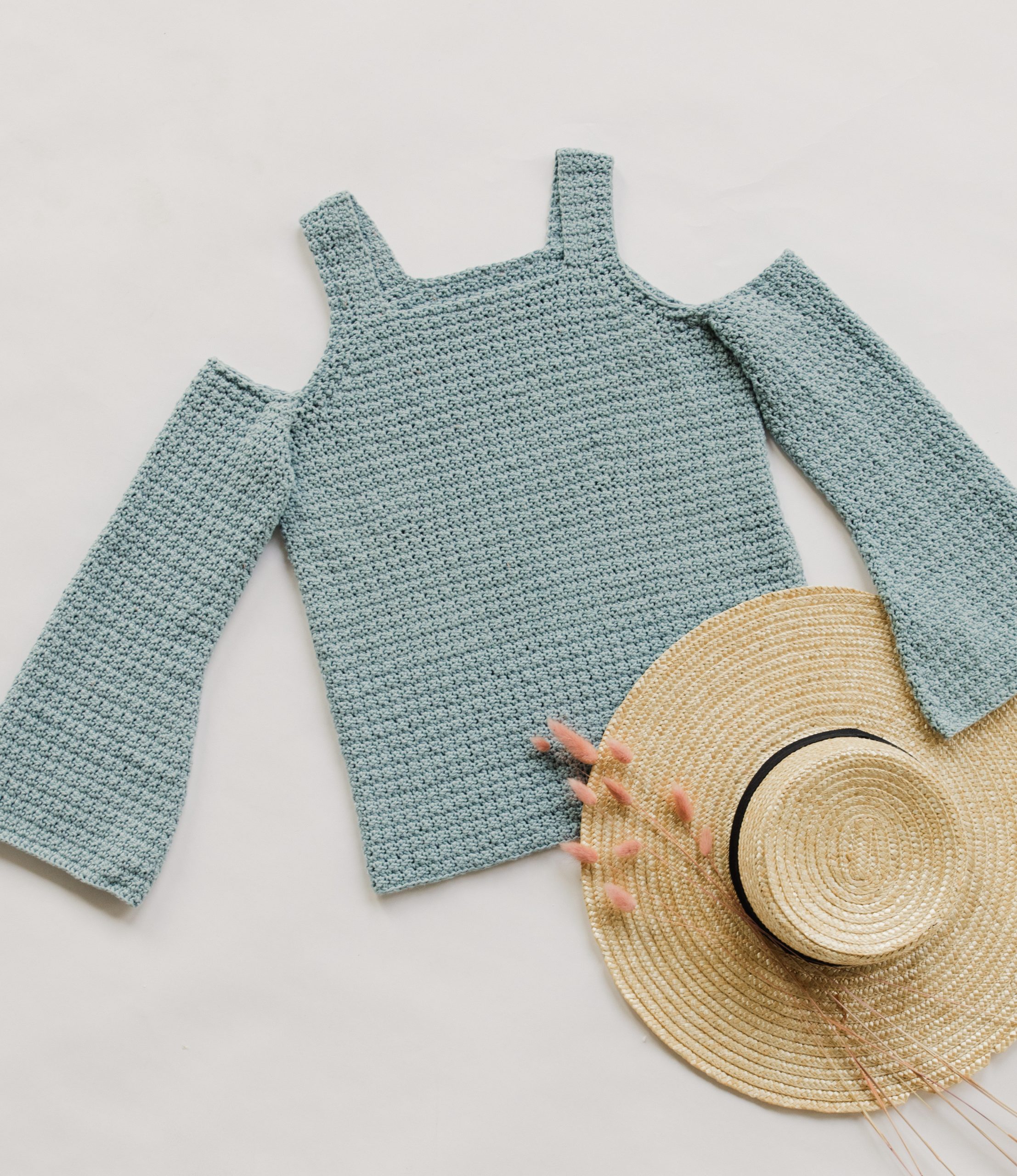
Garnet Bay – Crochet Pattern for Reversible Cold-Shoulder Top (from my book: Modern Crochet Sweaters)
Hi all!
This post includes everything you need to know about the Garnet Bay Cold-Shoulder Sweater, a size-inclusive crochet pattern for a cold-shoulder summer top with bell sleeves and an all-over stitch pattern. Try crocheting the front and back to differing heights for a reversible top that can be worn with either side as the front! Plus, a special bonus: this pattern can be adapted into a tank top by simply omitting the sleeves!
The Garnet Bay Sweater is from my book Modern Crochet Sweaters: 20 Chic Designs for Everyday Wear. This book includes 20 size-inclusive sweater patterns using a variety of techniques and construction methods to ensure there is something of value for every skill level. Each pattern is written in 9 sizes from XS to 5XL and each size has been thoroughly tested! We had over 500+ crochet pattern testers for this book to make sure that each size fits its intended wearer in a way that makes them feel beautiful. You can buy this book with confidence, knowing that each pattern was written for you and your unique body measurements.
Before we begin, here are some quick links for you:
- Find the PDF version on Ravelry here, on Etsy here, and on my website here.
- Add your finished project and view other completed projects on Ravelry here.
- Use the pattern hashtag #GarnetBay on Instagram to show off your makes! Be sure to check out the book hashtag, #ModernCrochetSweaters, too!
- Shop the recommended yarn, Premier Cotton Fair, here! (Be sure to scroll down to see other great yarn substitutes!)
- Shop my book on Amazon (US) here.
- Shop my book on Amazon (CA) here.
- Shop my book on other platforms outside of North America here.
- Read about my experience getting a book deal here!
- For any questions about this pattern, please email knitsnknotswpg@gmail.com and I’ll get back to you asap!
Order my book – Modern Crochet Sweaters: 20 Chic Designs for Everyday Wear – here!
If you want to be notified of all new pattern releases (and get exclusive discounts on all new paid patterns), sign up below!
This post contains affiliate links. This means, should you make a purchase, I will receive a small portion of the sale at no extra cost to you. All opinions are my own. View my Privacy + Disclosures Policy here.
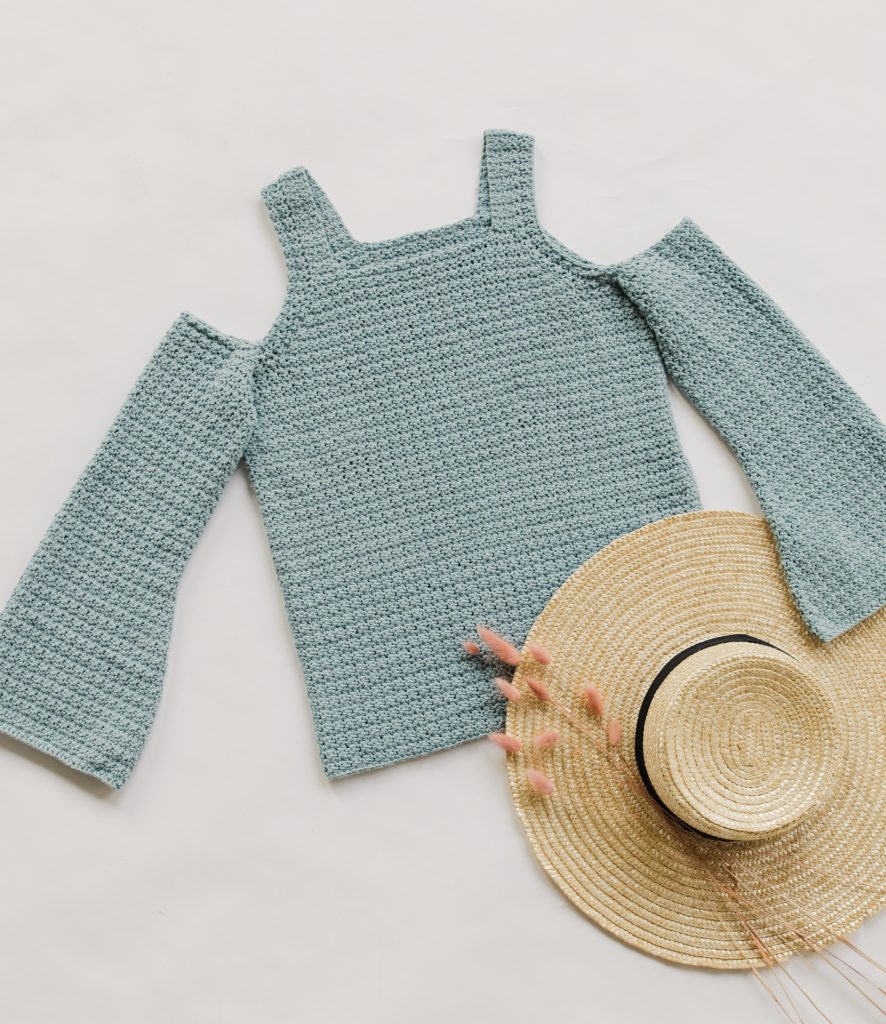
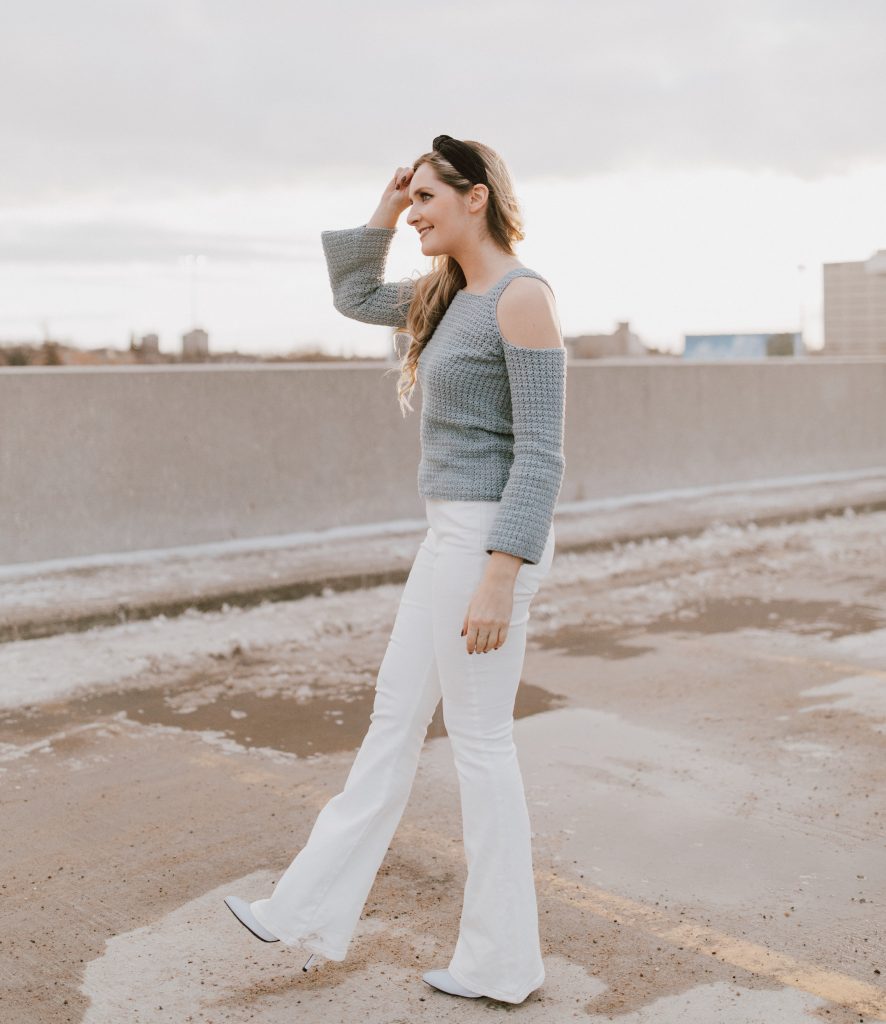
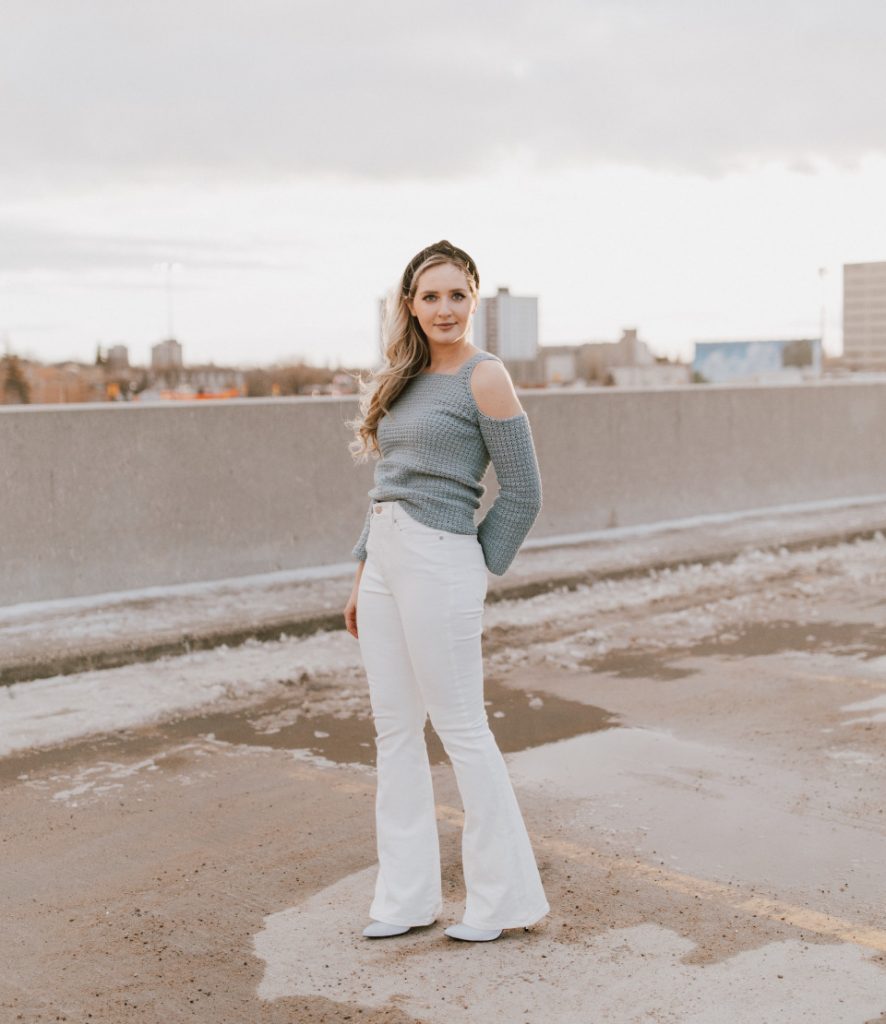

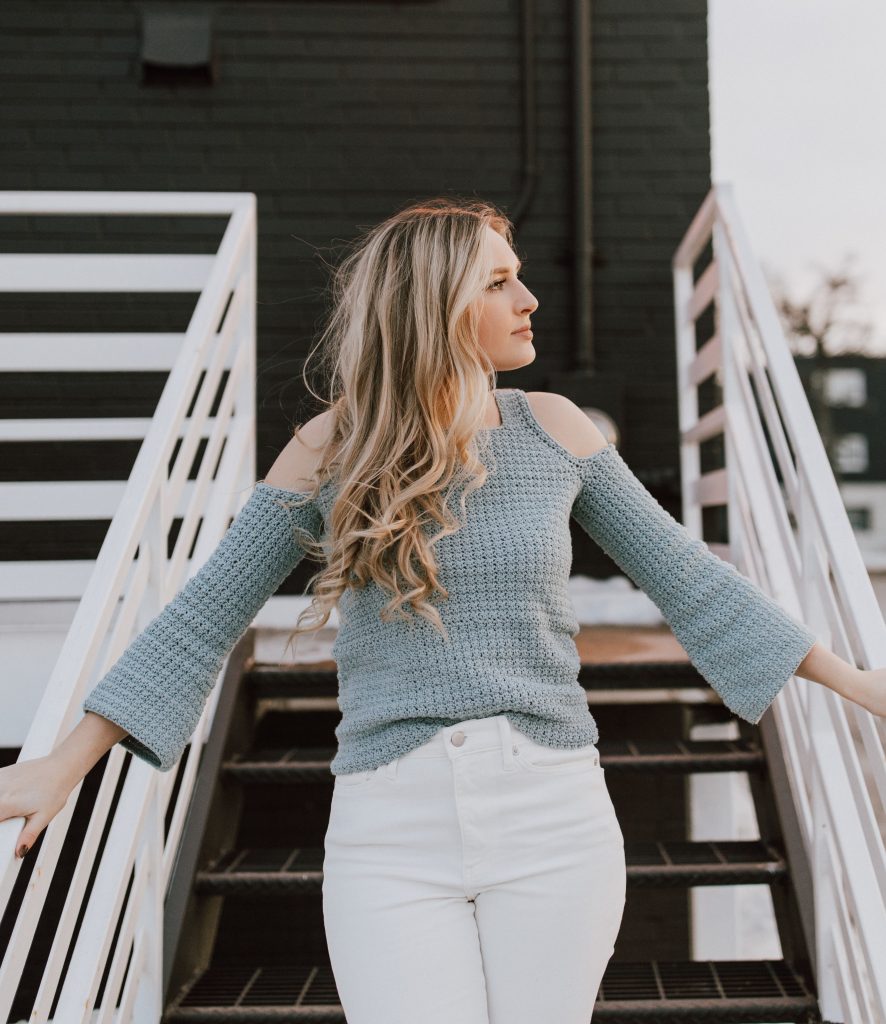
About Garnet Bay
This style of sweater is called a “cold-shoulder” sweater for obvious reasons, and the tastefully exposed shoulders lend a modern, edgy look. The wide, feminine sleeves land just before the wrist and become more tapered as you move up the arm, artfully drawing your eyes up to the cheeky, exposed shoulder. This design experiments with negative space, accentuating the exposed area where the sweater doesn’t exist.
The height of the front and back necklines can be adjusted to suit your exact taste—whether you prefer a high neck or low neck. Can’t choose? Make both! This customizable sweater is reversible, so you can work the front and back to different heights and wear either side as the front for two distinct looks. Garnet Bay can be a charming holiday sweater, a breezy summer top, or omit the sleeves completely for a cute tank top!
Getting Started: Knowing Your Measurements
This book uses the Craft Yarn Council (CYC) to determine sizing. The CYC is the industry standard when it comes to knit and crochet sizing. While you will be able to produce a beautiful sweater by following the written patterns, I also like to include customization tips throughout each pattern so that you can adjust your sweater based on your unique body measurements; for example, shortening or lengthening a sleeve, or adjusting for a larger upper arm than written for your size. This way, you can modify the pattern with confidence, if needed. When making garments for myself, I usually need to shorten tops or sweaters because I have a short torso. My hips also fall under a different size than my bust. Not everyone fits perfectly into these sizing standards; they are simply averages, not set-in-stone numbers.
Understanding how your body deviates from the CYC standard measurements gives you the ability to tailor a sweater to fit you perfectly, rather than feel disappointed that your body doesn’t fit into the sizing standards. I recommend that you measure the largest part of your bust and then refer to the CYC website (click here) to find out which size you would fall under. Then, look at the other measurements that are included for your size, and see which of these measurements deviate from your actual body measurements. Knowledge is power, and once you understand how your body deviates from the CYC standards, you will be able to anticipate this deviation and assume it translates through most patterns. For example, if your upper arm circumference is slightly larger than the CYC sizing chart reads, then you can expect you may have to ignore a few decrease rows when working the sleeves of your next sweater, or even follow the sleeve instructions for the next size up, if possible.
Getting Started: the Garnet Bay Cold-Shoulder Pullover
Yarn: Sport—Premier Cotton Fair in Succulent
- 52% cotton, 48% acrylic
- 317 yds [290 m] per 3.5-oz [100-g] ball
- Find this yarn on premieryarns.com or visit yarnsub.com to find comparable substitutes.
- Make sure to scroll down for an extensive list of yarn substitutes and yarns used during testing
Substitute Premier Cotton Fair with any similar sport weight, category #2 yarn that matches gauge. You do not necessarily have to use a cotton yarn for this pattern to work; most fibers will produce a beautiful sweater.
Yardage: 5 (6, 6, 7, 7) (7, 8, 8, 9) balls or
1450 (1600, 1700, 1900, 2025) (2150, 2325, 2425, 2575) yds
[1326 (1464, 1555, 1738, 1852) (1966, 2126, 2218, 2355) m]
Hook: Size U.S. E/4 (3.5 mm) or size needed to obtain gauge
Notions: Tapestry needle, locking stitch markers
Gauge: 4 x 4″ [10 x 10 cm] = 18.5 sts and 18 rows in Stitch Pattern (see below).
I wanted to include the gauge swatch instructions below so that you could practice swatching with your chosen yarn to ensure you have a yarn that will work with this pattern ahead of time. This way, you can see if you have something in your stash that will work before ordering new yarn.
For Swatch:
Ch 22.
Row 1: Sc in 2nd ch from hook, *dc in next ch, sc in next ch; rep from * to end of row, turn.
Row 2: Ch 1, sc in first sc, *dc in next dc, sc in next sc; rep from * to end of row, turn.
Rep Row 2 until you have at least 22 rows completed.
Block your swatch the same way you would your finished sweater. Measure the inner 4″ [10 cm] of your blocked swatch to get the most accurate measurement.
Customization Ideas + Tips When Crocheting This Pullover
Tips
- Sizing: This sweater is written in nine sizes as follows: XS (S, M, L, XL) (2X, 3X, 4X, 5X). Make sure to follow the numbers for your size only.
- Stitch Counts: Stitch counts are listed after each row/rnd. If no stitch count is given, there has been no change since the previous row/rnd. If only one number is provided, it applies to all sizes.
- Reversible: There is no right side or wrong side of this fabric; both sides are identical. You choose which side to wear as the “right side.”
- Turning Chain: The turning chain does not count as a stitch.
- Joined, Turned Rounds: The body of this sweater (as well as each sleeve) is worked in joined, turned rounds. Make sure to sl st into the first stitch to join the round, then turn your work to begin the next round in the opposite direction.
- Construction: The body of this sweater is worked from the bottom up in seamless, joined rounds. The body is then split to work a front and back section, which are later connected with narrow straps. The sleeves are worked separately from the bottom up and then joined to the body at the underarm. Last, a few finishing rounds are worked to smooth out the shoulder cut-outs.
- When you are determining your initial sleeve length: Work them a little shorter than you want them to measure. The weight of the sweater will cause the straps to stretch out slightly more than anticipated!
Customization Ideas
- To make a sweater of any length: To adjust the length, simply rep Rnd 3 of the Body section until your piece measures your desired length from the underarms to the bottom hem. Then, proceed to “Front”.
- For smaller cut-outs: Work the pattern as it’s written, but continue to work additional rounds of single crochet around the shoulder while also decreasing at the underarms by a few stitches each round to gradually close in this space.
- For a colour-blocked sweater: Simply change colours whenever you would like the colour changes to appear.
- Make sure to work stripes by finishing the last stitch with the old colour and then using your new colour to work the slip stitch join. Then cut your old colour and continue working with your new colour.
- To turn your sweater into a tank top: Follow the pattern as-written and simply omit the sleeves. You can then crochet the “Cold-Shoulder Finishing Rounds” around the outer edge of your strap for a more finished look!
- Adjusting Sleeves Fit: If you need tighter or looser sleeves than written for your size, simply add (or eliminate) decrease rounds as you see fit! The exact round numbers are written out for you, but you can adjust these as desired. Keep track of any modifications you make to your first sleeve so that you can easily make the same modification to your second sleeve.
- If you think the measurements of a different size would better suit your arm measurements, you can follow the instructions for any sleeve size; you don’t necessarily have to stick with the same size you have been working up to this point if you think another size will give you a better fit.
- For longer (or shorter) sleeves: For longer or shorter sleeve than written for your size, simply add or subtract non-decrease rnds as you see fit. Keep track of any modifications you make to your first sleeve so that you can easily make the same modification to your second sleeve.
Yarn Substitutions
The yarn used in my sample, Cotton Fair, is a 52% cotton, 48% acrylic blend, however you are free to use any fiber content that you like for your own version! Testers used a wide range of yarns ranging from wool to cotton to bamboo. When choosing your yarns, just remember that Superwash yarn often grows with blocking. Testers still used Superwash yarns and their finished sweaters ended up looking and fitting perfectly, although growth over time is expected. Always swatch before beginning so you can be sure your chosen yarn creates a fabric you love! Listed below you will see a variety of yarns that will work just fine in place of Cotton Fair, so long as you match gauge!
Since Cotton Fair may not be easily accessible in every country, visit www.yarnsub.com and type “Cotton Fair” into the search box to find a suitable alternative. You will find hundreds of yarns with similar properties and you are bound to find a brand that is accessible to you. The YarnSub website is an incredible resource that I use regularly to find appropriate yarn substitutes.
The following yarns can be used in this pattern and will produce a lovely finished sweater:
- Lion Brand Coboo
- Lion Brand Truboo
- Lion Brand LB Collection Merino Camel
- Lion Brand A Star Is Born: Oh Baby Organic
Knit Picks/WeCrochet Yarns:
- Knit Picks/WeCrochet Swish DK
- Knit Picks/WeCrochet Brava Sport
- Knit Picks/WeCrochet Wool of the Andes Sport
- Knit Picks/WeCrochet Shine Sport
- Knit Picks/WeCrochet Galileo
LoveCrafts Yarns:
- Scheepjes Stone Washed
- Cascade 220 Superwash Sport
- Cascade 220 Sport
- Rico Creative Sport DK
- Stylecraft Special DK
- See many more options here!
Other Yarns:
- Yarn Bee Must Be Merino
- Bernat Softee Baby Cotton
- Estelle Eco Tweed DK
- Hobbii Twister Solid
- Yarnart Melody
- Jo Sharp Alpaca Kid Lustre
- Gazzal RocknRoll
- Interlacements Toasty Toes
Pattern Tester Photos
There were 500+ pattern testers for this book because I wanted to ensure all sizes are satisfied with the pattern and fit! Below you can see photos from the testing process to see how the sweater looks on different bodies with different modifications made using a variety of yarns.
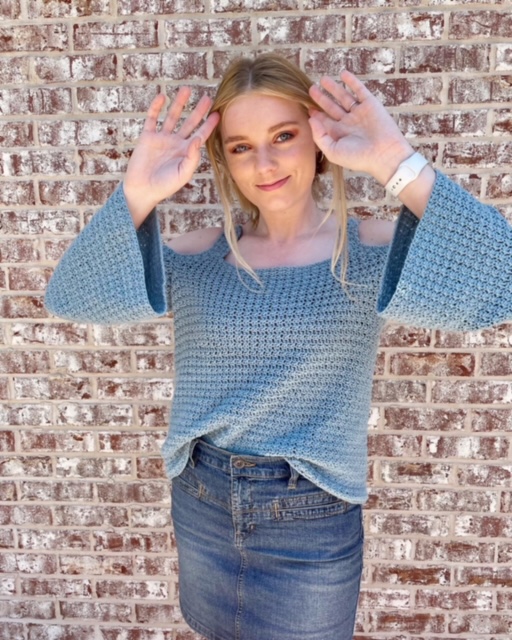
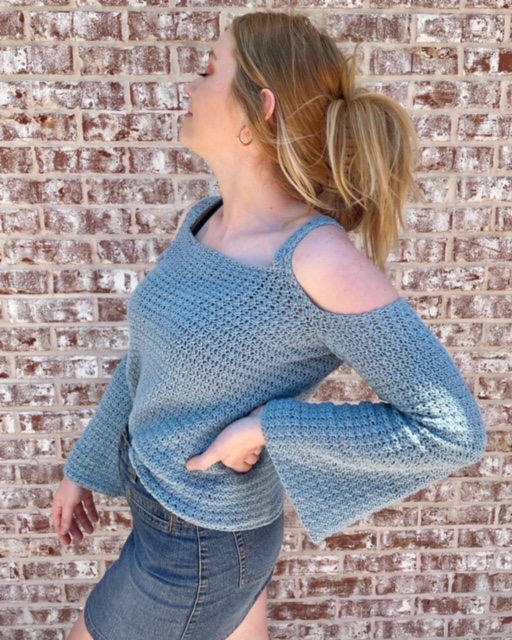
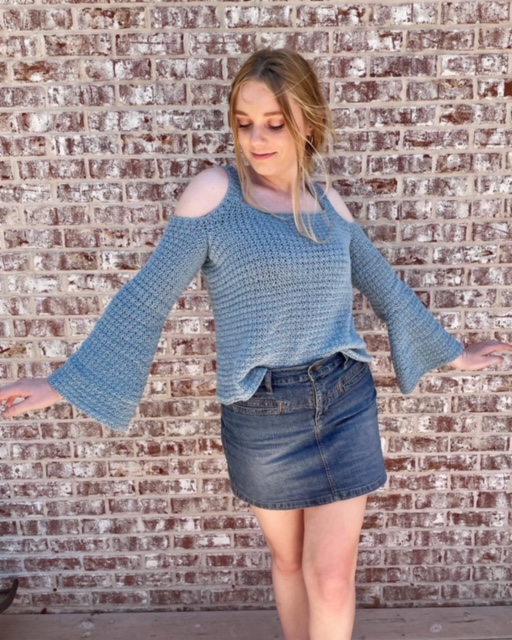
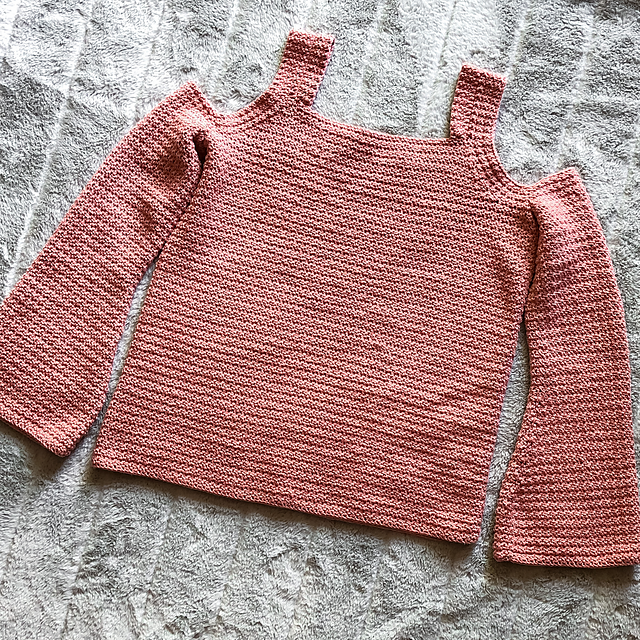
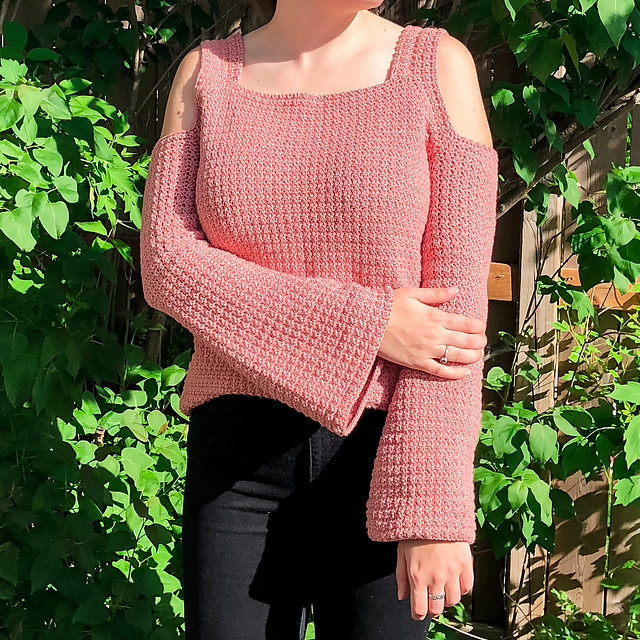
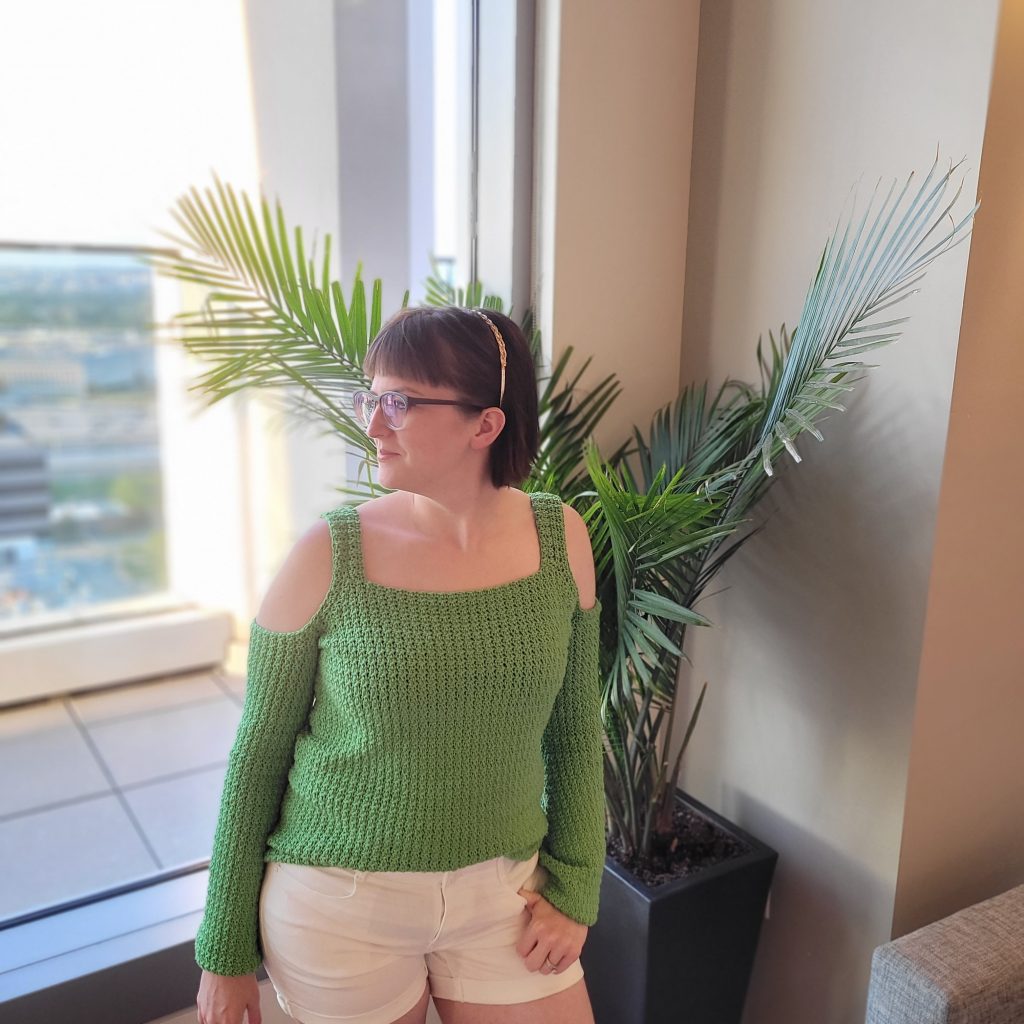

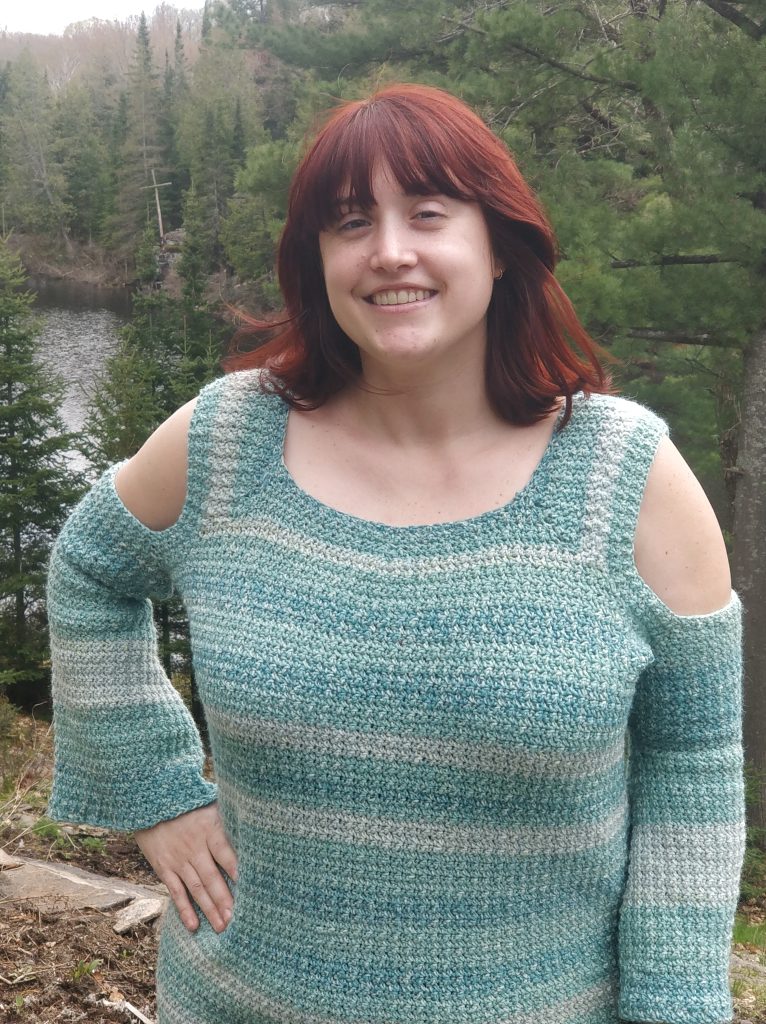


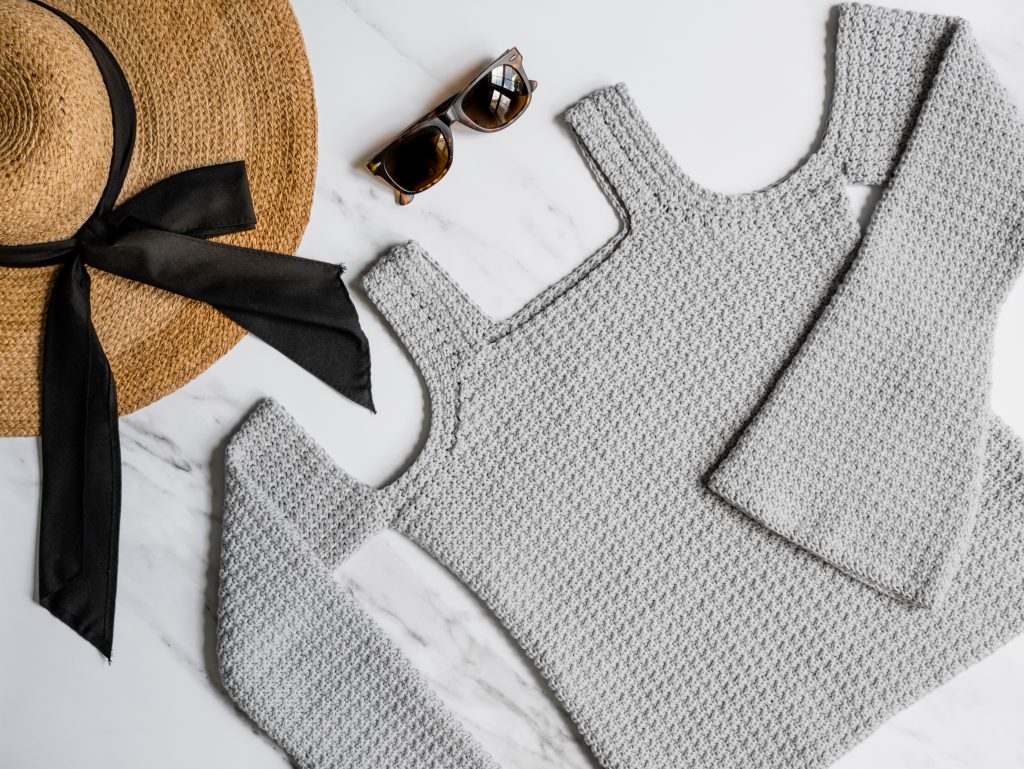


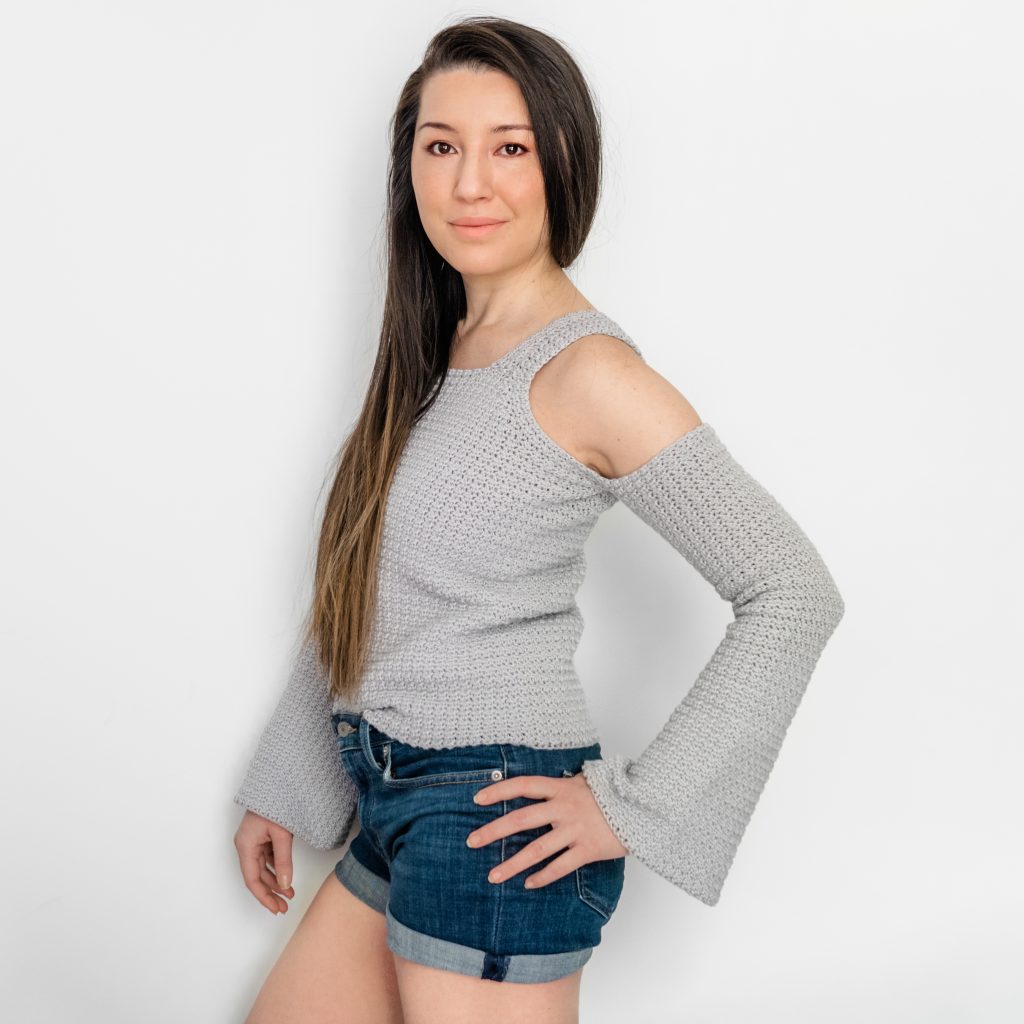
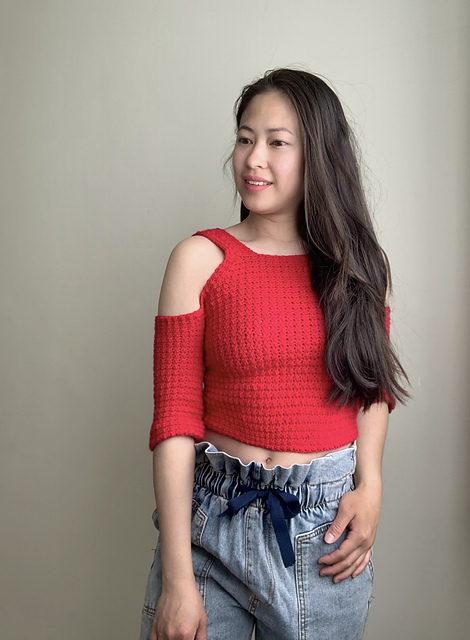
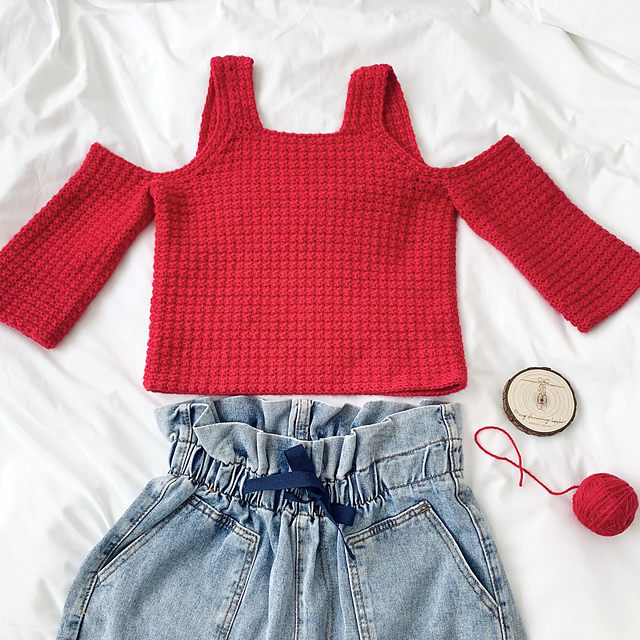
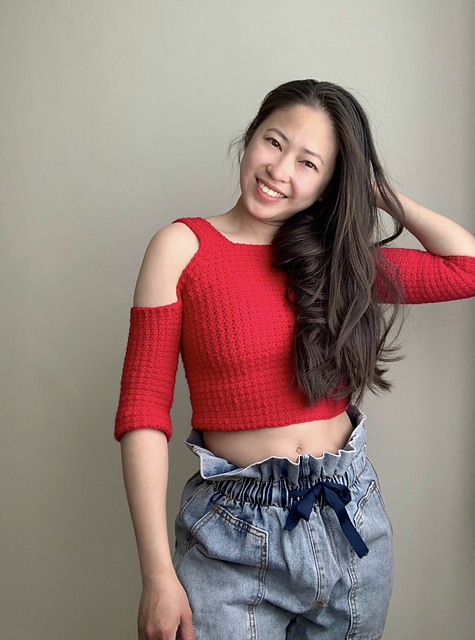
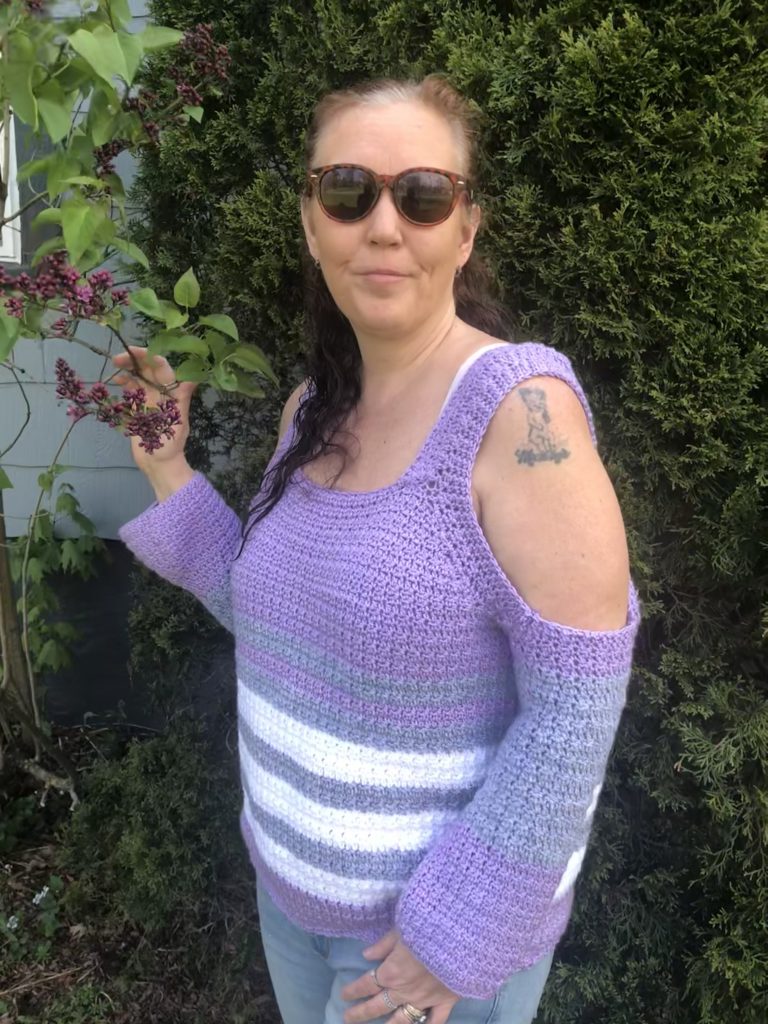
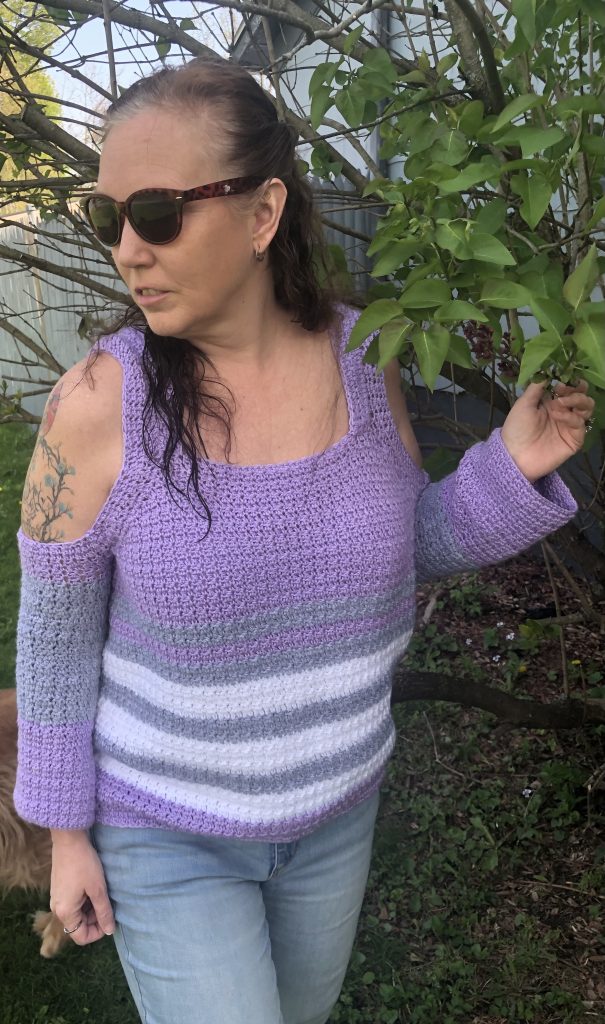
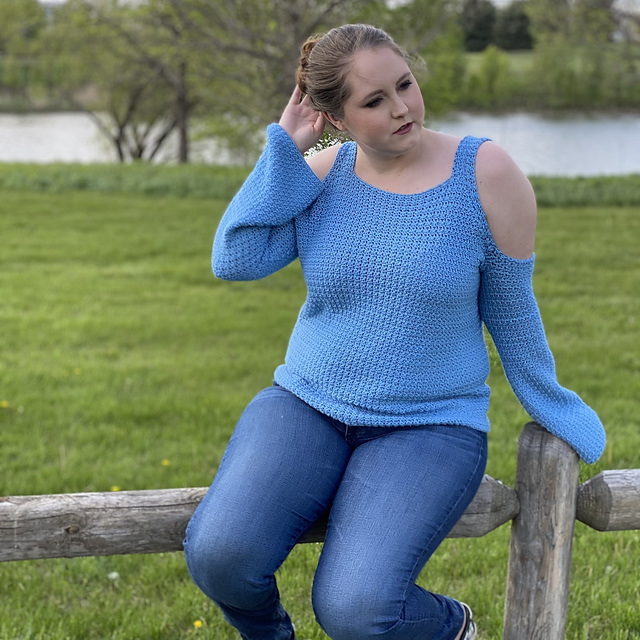
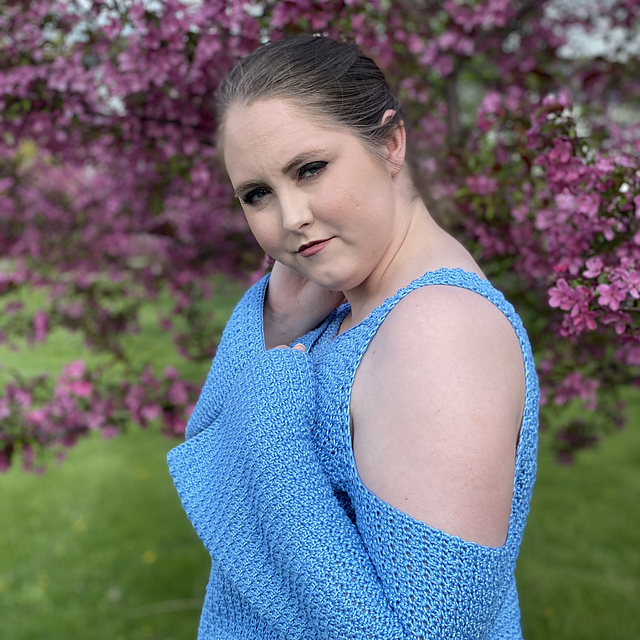
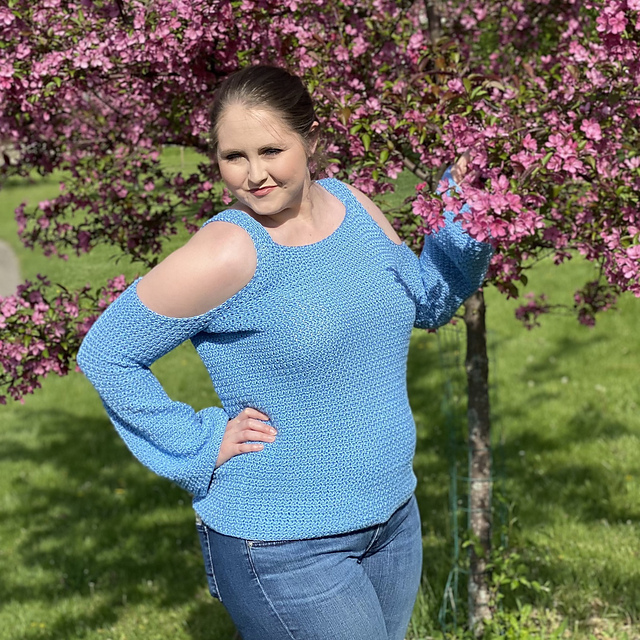
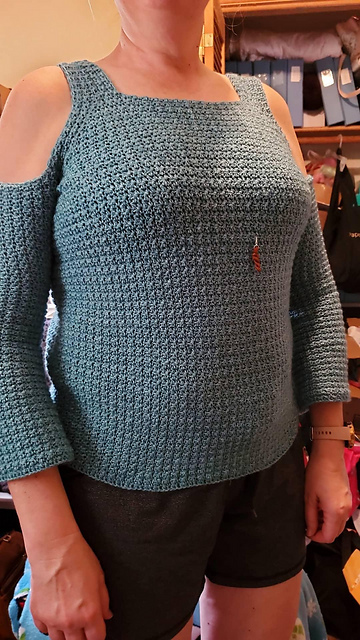
#ModernCrochetSweaters
#GarnetBay
Thanks so much for reading!
You can find my full print book, Modern Crochet Sweaters: 20 Chic Designs For Everyday Wear on the shelves of all major retailers or see purchasing options here!
To shop this Garnet Bay crochet pattern, find it on Ravelry, Etsy, or my website!
Shop the yarn, Premier Cotton Fair, here.
x
Janine
For exclusive discounts on all new patterns, join the Knits ‘N Knots newsletter list here!
